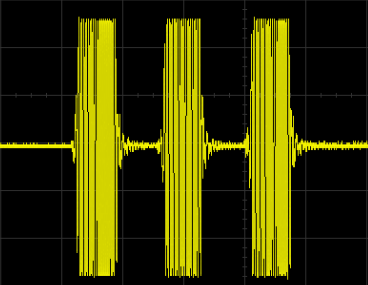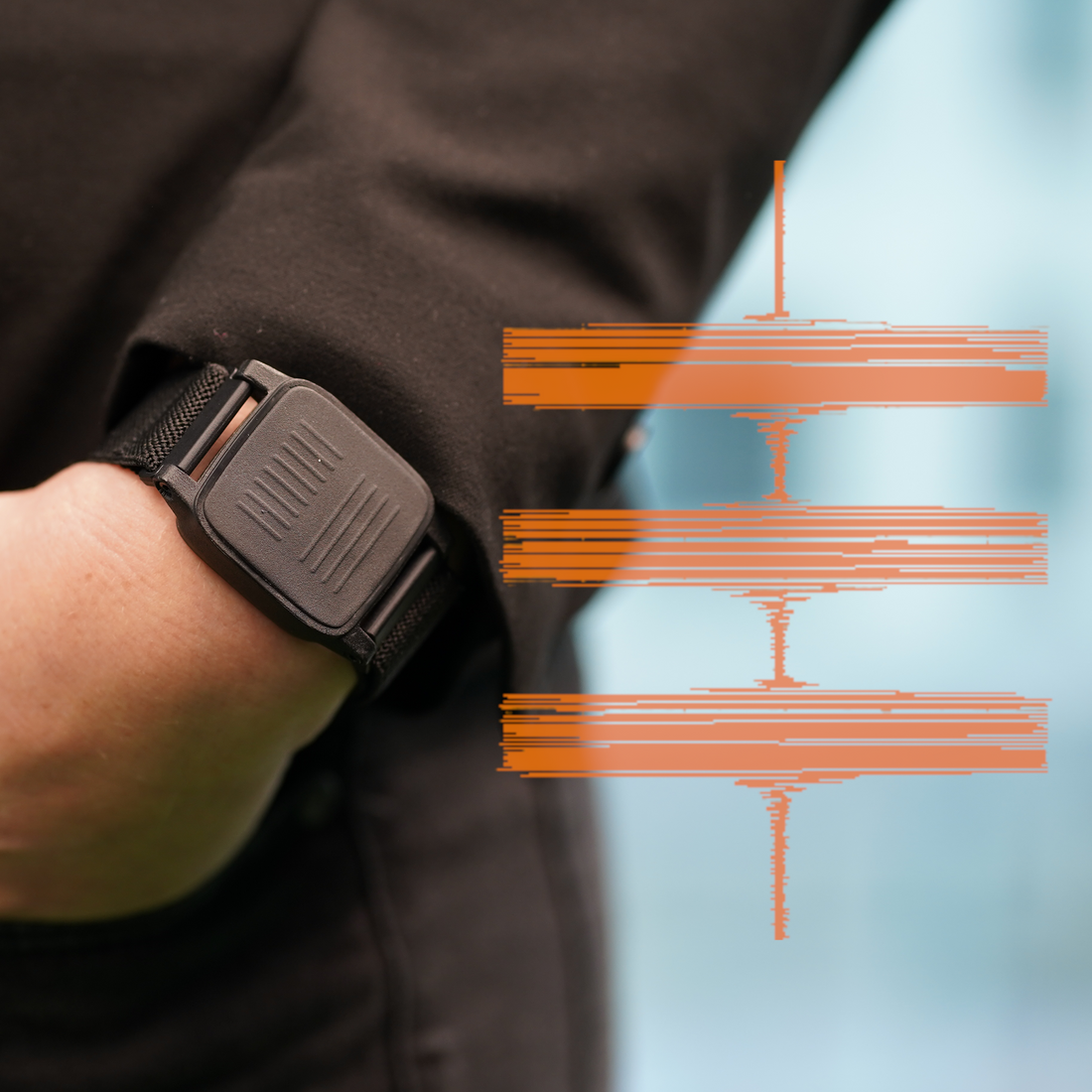We at xTactor often receive questions about why our technology requires dedicated hardware and why it's not possible to achieve the same functionality through an app on other manufacturers' smartwatches or directly on a phone. This is something we ourselves wish could be done, but after testing a lot of products, we have unfortunately had to realize that we cannot find any smartwatches or phones that have vibration motors that are good enough for our purpose.
Today, there are major manufacturers known for their vibration technologies, and we do not claim that these technologies are inadequate; on the contrary, they excel in the purposes for which they are created. However, the problem is that these motors are optimized for things like mimicking the feel of physical buttons and providing simulated button feedback. They are not necessarily designed to provide clarity in detailed vibration patterns.
What distinguishes xBand's functionality is the ability to provide detailed information, such as time and text information, in the form of vibration patterns on the wrist. However, to interpret these vibration patterns easily and intuitively, with minimal effort, individual vibration signals must be distinguishable from one another, and it must be easy to differentiate between different vibration patterns. The optimal vibration motors for xBand's functionality have a good balance between strength and speed, while the vibration motors in smartwatches and phones today are either strong or fast, but rarely both.
xBand, our own product, is equipped with two vibration motors optimized to be powerful while also being fast and distinct. This is crucial for being able to read detailed vibration patterns at high speeds. To achieve this, motors that can start and stop quickly are required, where different signals are clearly separated from each other.
Below is a graph illustrating xBand's vibrations measured using an accelerometer and an oscilloscope. The graph shows how three short signals are sent to xBand's vibration motors, and you can see how the vibration quickly ramps up in strength and stops abruptly when the signal ends. This results in clearly distinct signals that are easy to distinguish. Similar measurements on vibrations in other smartwatches and phones often reveal a longer ramp-up and ramp-down at the beginning and end of each signal. The peak of each signal then becomes very short, and it's easy for the signals to blend together at higher speeds.

The issue of signals blending together becomes more pronounced as you seek to receive information at higher speeds via vibration patterns. Even on a vibration motor that is not optimized for it, a simple pattern at low speed can still be read and interpreted. For the ability to receive and interpret detailed information, such as an entire text message, at higher speeds with minimal focus, vibration motors specifically optimized for this purpose are necessary.
Of course, we hope that in the future there will be solutions that will allow us to implement xBand's functionality via an app on any smartwatch. But currently, this is not an option, and instead, we focus on providing you as the user with the best possible tactile experience.

